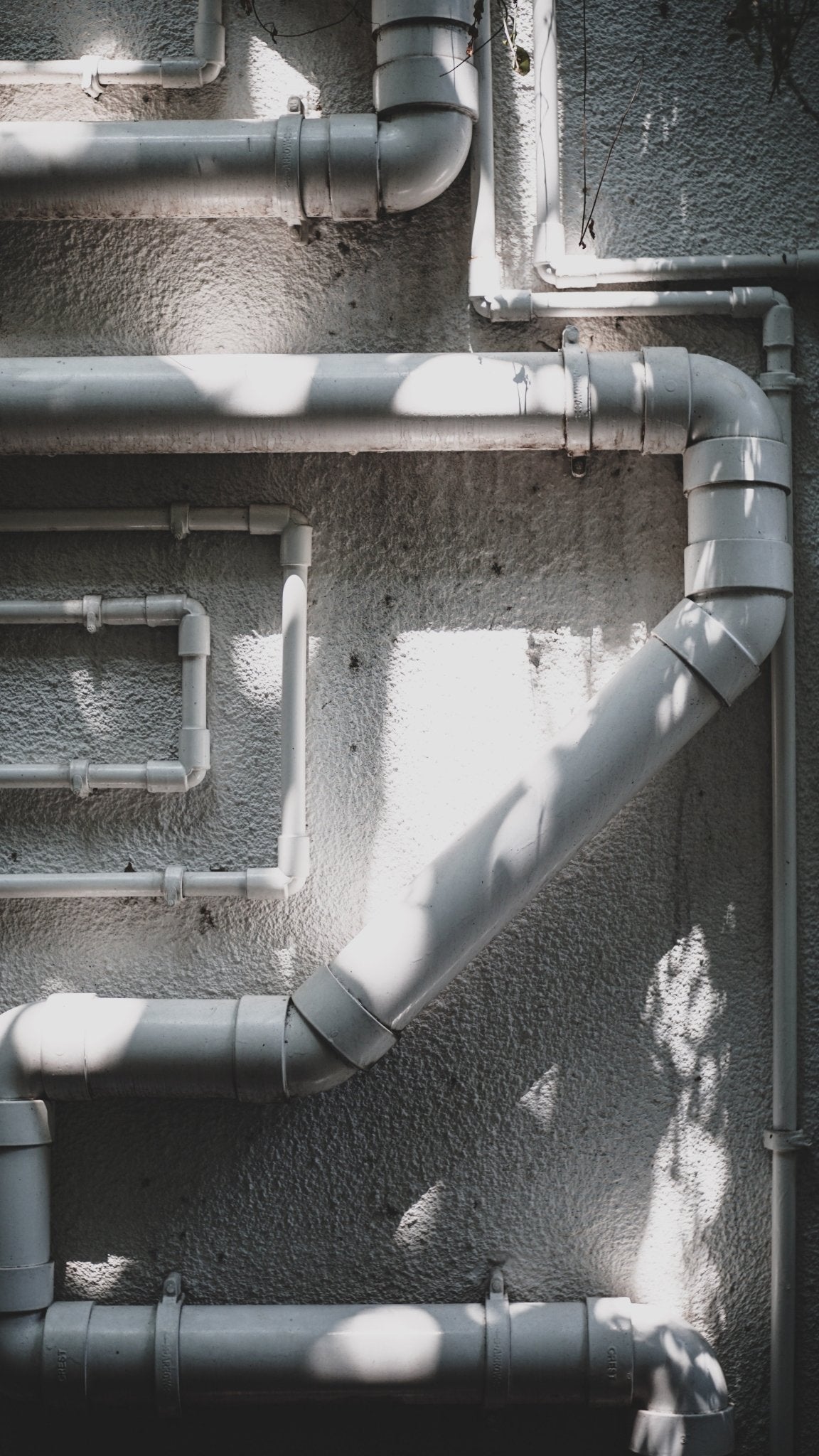
Brrrr-ace Your Pipes: Surviving the (Rare) Deep Freeze
The southern states are no strangers to winter weather, but with the occasional freeze come some unique challenges. Louisiana homeowners need to be prepared for extreme cold and potential water pipe issues that come along with it. If you don’t take precautions against your pipes freezing, you may find yourself in a very cold (and expensive!) situation. Let’s dive into what you can do to avoid a winter freeze in your pipes!
Understanding When Pipes Can Freeze
The temperature at which water in pipes will freeze depends on a number of factors, including the age of the pipes, the type of material used to make them (plastic or copper), the outside air temperature, exposure to the wind or sun, etc. Generally speaking, however, water in exposed pipes can freeze when temperatures dip below 32°F (0°C). In order to prevent freezing, you should take measures such as insulating exposed pipes or letting faucets drip slightly when temperatures drop below this point.
Preventing Pipe Freezing
One of the best ways to prevent your pipes from freezing is by adding insulation around any exposed piping before it gets too cold. This means putting insulation around any pipes that are outside or near walls or windows where they might be exposed to the temperatures of the outside air. You can purchase foam insulation from any home improvement store. Some people also suggest wrapping heating tape around vulnerable parts of pipes, since it can add an extra layer of protection against freezing temperatures without having to buy more insulation materials. Another strategy is to let your faucets drip slightly during extremely cold weather; this helps keep water moving throughout the plumbing system, which lowers the chances of pipes freezing and potentially bursting because of the ice built up inside of them.
Another area of concern is outdoor faucets, which play an important role during the colder months when watering plants or washing cars may require running water outdoors when it’s just too chilly indoors! To keep outdoor faucets from freezing, cover them with insulated covers, which you can find at most hardware stores, or wrap them in bubble wrap insulation and secure it with duct tape or zip ties. It might also be wise to shut off the valves that control outdoor faucets before temperatures drop too low, so no water remains inside them while they're not being used. Taking these steps now will save you time (and money) later!
Finally, make sure all outside valves connected directly or indirectly to indoor plumbing systems are shut off so they don't become frozen over time due to extreme weather conditions. This includes valves connected to hose bibs and sprinkler systems—even small amounts of standing water inside these lines can cause them to freeze up if not addressed properly ahead of time!
Prepping for a winter freeze isn't always fun, but taking proper precautions now could save you from having a major headache later on! Prepare for possible freezes by doing things like wrapping exposed pipes with insulation or closing outdoor valves that are directly or indirectly connected to indoor plumbing systems. Also, keep in mind that letting faucets drip a little in very cold weather is another way to reduce the chances of pipe-freezing problems during long periods of cold weather. By following these simple tips now, you'll be able to save yourself time (and money!) down the road if/when winter strikes hard here at home!
Once you've secured your pipes, consider enhancing your water quality by exploring our top-notch water filtration systems – because clean water matters all year round!


0 comments